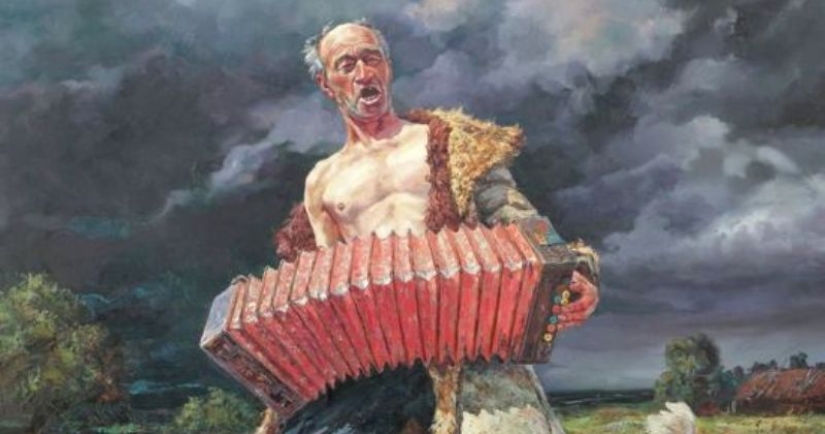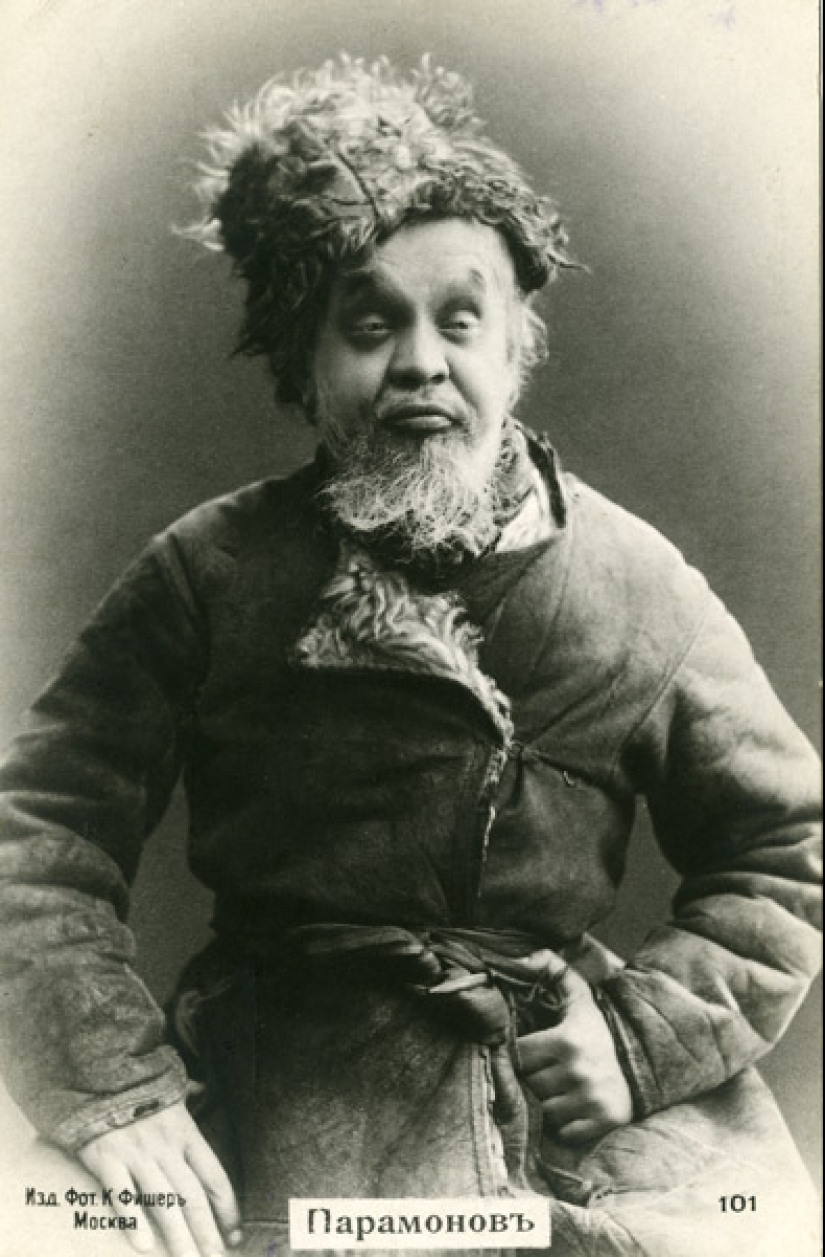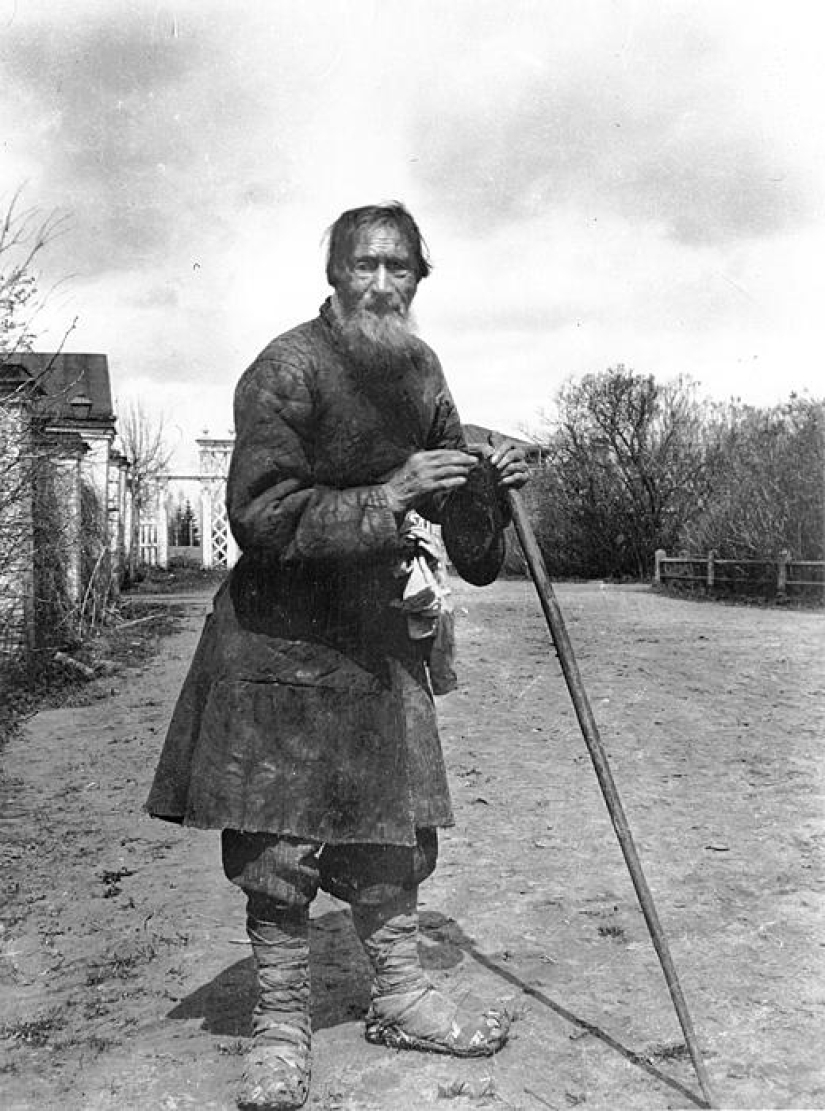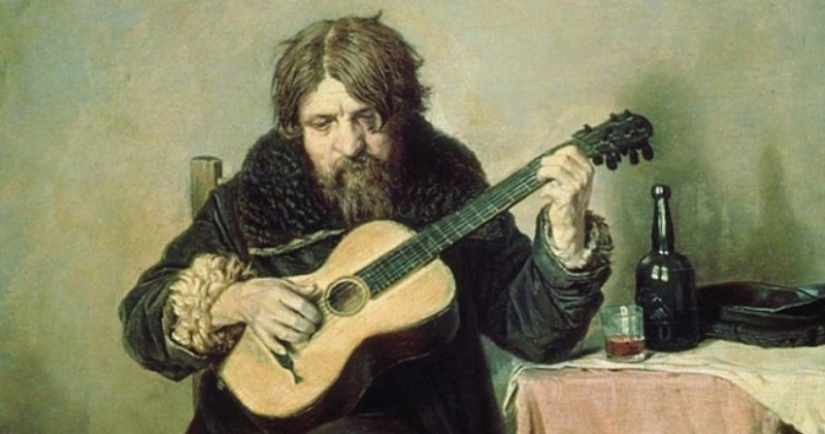Who are the "bobyli" and why were they treated as second-class people in Russia
Categories: History
By Pictolic https://pictolic.com/article/who-are-the-bobyli-and-why-were-they-treated-as-second-class-people-in-russia.htmlToday, when we say "bobyl lives", we mean a single man who does not seek to have serious relationships with women and even more so to get married. But the very meaning of the word "bobyl" is not familiar to many people and is often interpreted incorrectly. Let's figure out who was called bobyli in Russia and why the fate of these men was unenviable.

For quite a long time, starting from the 16th and ending with the 18th century, bobyli in Russia were called people belonging to a specific social group. These were peasants without families without their own land allotment. Their other name is "non-tyagly", due to the fact that they were exempt from land tax.
Many scientists believe that the word "bobyl" itself comes from the Swedish "boabyle" - an employee. There are consonant words also in Romanian and Latvian - there they mean "farmhand" and "loafer".
For the first time bobyli are mentioned in documents of the 16th century — the so-called peasants who signed the "bobylsky toll record". It was a kind of contract, depriving a person of many rights and freedoms, but offering in return guaranteed food and a minimum of necessary clothing. Thus, bobyl was a very poor man who was practically in the position of a slave - he worked for food and shelter over his head, although he might not have been a serf.

A postcard of the late 19th century with a portrait of bobyl
At first, beans were only in rural areas, but then they appeared in cities. There they performed dirty work that did not require high qualifications, for example, digging holes and trenches and carrying heavy loads. Sometimes they were entrusted with small-scale trade, and in some cases bobyl could even become a craftsman.

Village bobyl. Photos of the early 20th century
Since the first mention of bobyli in documents of the beginning of the 16th century, they have been written about and talked about with contempt everywhere. These men were always branded as revelers, bitter drunkards and idlers, even if bobyl led a measured peasant life without frills.
Most likely, the stereotype was formed due to the fact that the beans had tax breaks, which caused many to envy and dislike the "beneficiaries". Until 1679, the bobyli had to work out only half of the "draft", that is, the totality of duties and payments.

A special, slightly romantic image of bobyl — a man without a family and with a minimum of obligations to society, attracted the attention of poets, writers and artists. The most famous image of a bobyl man can be considered a painting by the great Russian artist V.G. Perov "Bobyl Guitarist".
It depicts a poorly dressed middle-aged man with a guitar, most likely drunk. Next to him on the table is a bottle of wine and a half-empty glass. The picture is saturated with hopelessness and its hero causes contradictory feelings - a mixture of pity and disgust. Sergey Yesenin also described Bobyl's life well in his story "Bobyl and My Friend".
Keywords: Peasants | Monastery | Taxes | Loneliness | Work | Russia
Post News ArticleRecent articles

The blue whale, or bluewalker, is the largest animal currently living on earth. Some individuals reach a length of 33 meters and ...

In modern cinema, there is nowhere without special effects. We present you fantastic examples of superimposing special effects from ...
Related articles

The period of the Civil war will forever remain in history as a time of anarchy, violence and destruction. This era has produced ...

Folk remedies used to treat ailments in Russia were numerous and varied. The carriers of knowledge about the means and methods of ...

Mummies can't talk, but research remains provide answers to many questions about the development of human civilization. This monk ...

Even mathematical geniuses are not strangers to simple human joys. They also want to dress beautifully, drive expensive cars and ...